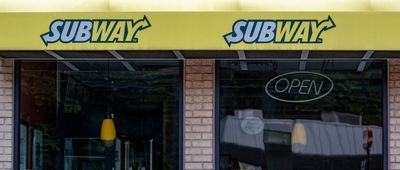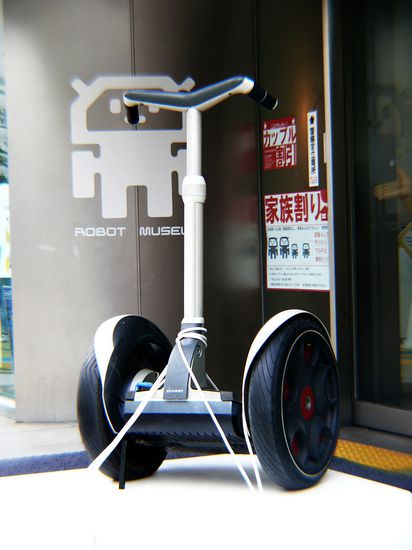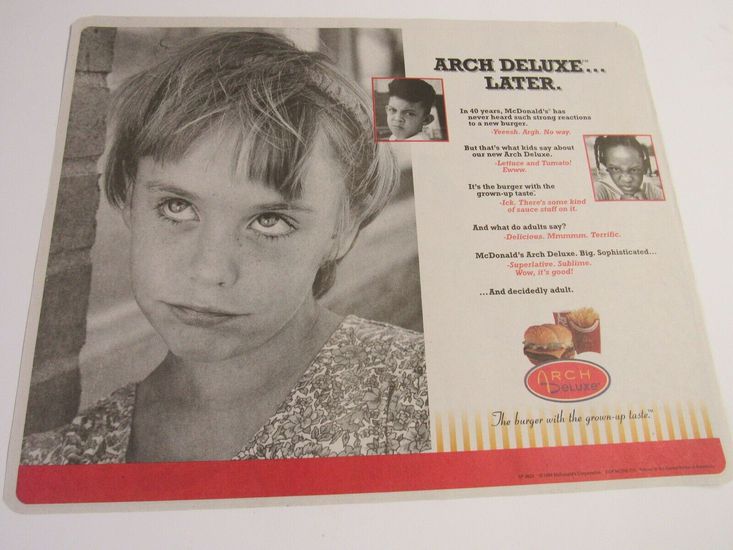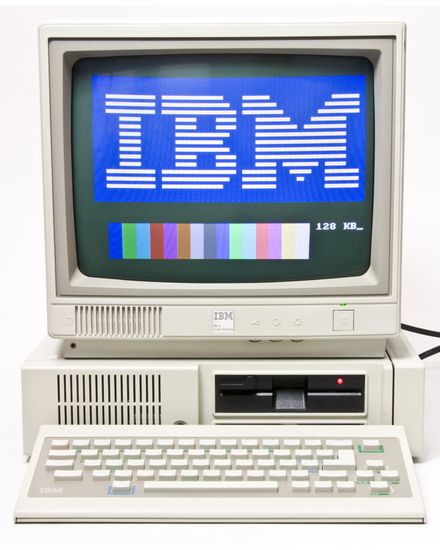Failure to Launch
When companies bring a new product to market, there are countless things that can go wrong in development or promotion. Whether it's a flawed concept, an inflated price tag, or just a something no one needs, here are some of the most memorable product launch failures in U.S. history — including one new network's streaming service that's already being scrapped after only a month.




































